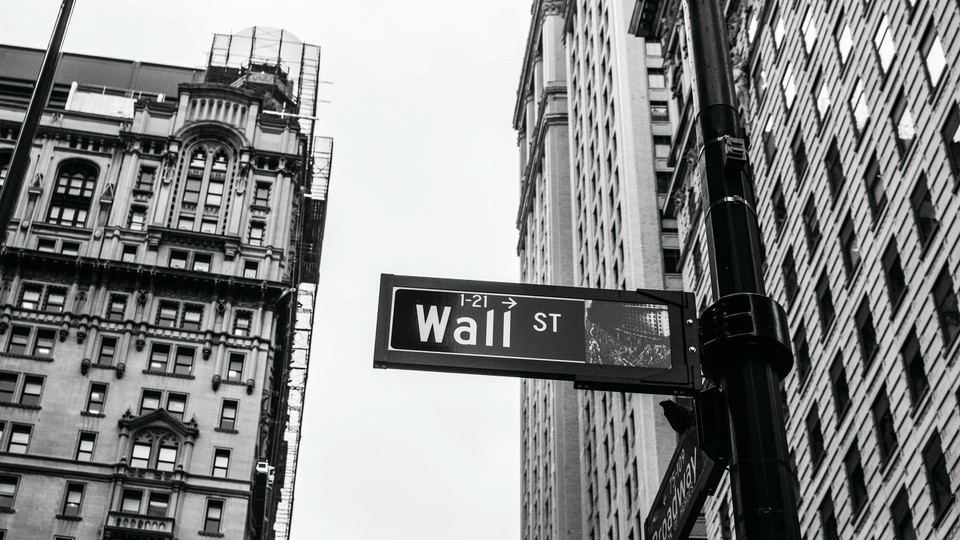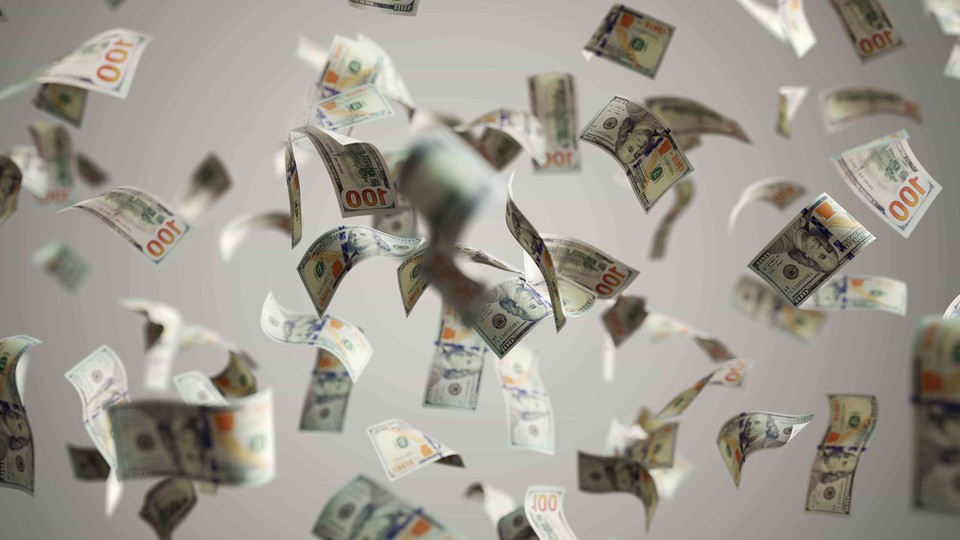
Institution Of Higher Earning
How Institutional Ownership Affects Payouts
Based on research by Alan Crane, James P. Weston and Sébastien Michenaud
How Institutional Ownership Affects Payouts
To learn more about the methodology behind this story, please see the video below.
- Institutional investors can play an outsized role in determining stock dividends.
- As little as a one-percentage point rise in institutional ownership can cause a $7 million (8 percent) increase in dividends.
- Institutional owners can influence payouts with the threat of selling, shareholder activism and even old- fashioned jawboning.
Markets tend to be obsessed with institutional investors. Hedge funds and other institutional investors are, after all, the pros. While there’s been ample research on the behavior of institutional investors, however, confirming a link between these investors and the level of dividend payouts has proven elusive. Until now, that is.
Previously, the question concerned chickens and eggs: Do institutional investors influence stock payouts, or do they just choose firms where such payouts are prevalent? Using an innovative study sample, Rice Business professors Alan Crane and James Weston have found a clear link between the level of institutional investment and dividend payouts.
In order to tackle this problem, Crane and Weston joined Sébastien Michenaud of DePaul University to look at dividend payouts from the Russell 1000 and Russell 2000 indices between 1991 and 2006.
The Russell 1000 is a value-weighted index of the largest 1,000 U.S.-listed firms. It competes with the highly popular S&P 500 index. The Russell 2000 is a value-weighted index of the 2,000 next-largest firms and has less competition in indexing mid-to-small cap stocks.
According to the team’s estimates, a 1 percent increase in institutional investment in a firm caused a $7 million or 8 percent increase in dividends. The researchers were particularly interested in activities of firms that had fallen from the Russell 1000 and were not at the top of the Russell 2000 index. Why? Because this in-between zone between the Russell 1000 and 2000 is one of the few cases where the influence of institutional investors can be clearly traced.
Fund managers, Weston explains, closely watch the top companies in the Russell 2000 — and the outcomes of those investments may or may not reflect their professional choices. But no one can know in advance the dividing line “between the 999th and 1001th largest stocks,” he notes. “Where the music stops, on June 30th, which is the day the index weights are defined for the year, is a crapshoot.”
The result is a study scenario that’s akin to true randomization — necessary to the scientific method.
The results? Institutional ownership, the researchers found, was roughly nine percentage points higher for firms at the top of the Russell 2000 compared to firms at the bottom of the Russell 1000. This difference is statistically significant. But did these firms change their behavior once they fell into the category in which large institutional investors would take interest?
What the researchers found was a pronounced pattern. Columbia Sportswear, for example, was a low-ranked Russell 1000 firm between the years 2001 and 2005. In 2006, Columbia fell out of the 1000 to land at the top of the Russell 2000. By the end of 2006, the company initiated a dividend, after investor pressure to boost payout.
Institutional investors, the researchers concluded, can exert influence for greater payouts in a number of ways. The most obvious is threatening to withdraw from a given stock altogether. Because such investors generally represent a large percentage of overall stock ownership, their threats can’t be taken lightly.
Another way institutional investors can throw their weight around is by getting more active. Proxy voting, which allows shareholders to vote as a block, wields tremendous pressure on firms to pay out more in the way of dividends. The researchers found that firms at the top of the Russell 2000 were subject to far more shareholder proposals, especially those related to corporate governance, and far fewer management-backed proposals. The mere threat of voting, the researchers found, can influence firm policies.
Studying the unpredictable dividing zone between the Russell 1000 and Russell 2000 gave the scholars a unique chance to test an important economic question with conditions close to those in a random medical trial. The takeaway, however, is concrete. The rise of institutional investors in recent decades has led to better monitoring of corporations, which means shareholders are better off sharing investments with large instutional investors.
So the next time you’re researching stocks, make sure to look at how much of the target company is institutionally owned. It may mean more in the way of dividends down the road.
To learn more about the methodology behind this story, please see the video of Professor James Weston speaking at a recent Rice Business Insights Series titlted "Cause and Effect. Making Sense of Data."
Alan Crane is an associate professor of finance at the Jones Graduate School of Business at Rice University.
James P. Weston is the Harmon Whittington Professor of finance at Jones Graduate School of Business at Rice University.
To learn more, please see: Crane, A. D., Michenaud, S., & Weston, J. P. (2016). The effect of institutional ownership on payout policy: Evidence from index thresholds. The Review of Financial Studies, 29(6), 1377–1408.
Never Miss A Story


